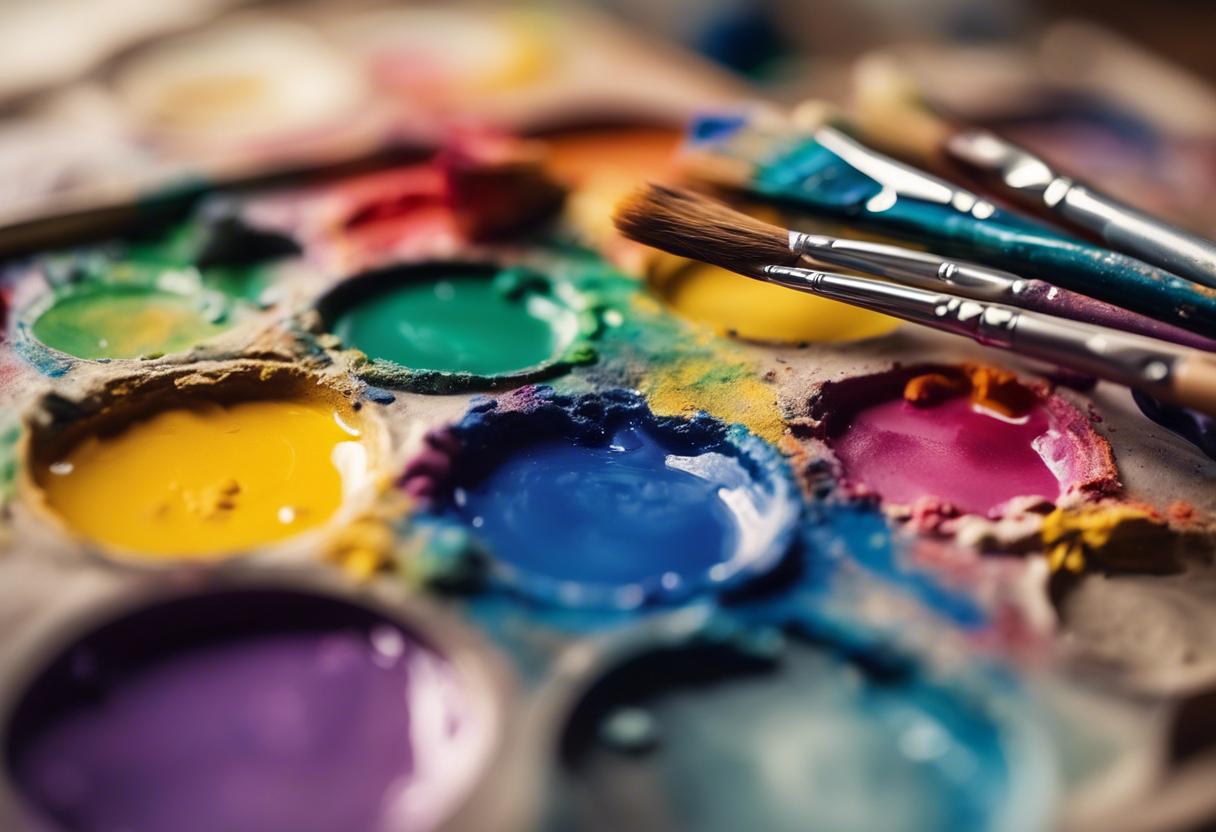Could the significance of art be under question? Certainly not. To paraphrase another in a completely unrelated sphere, it hasn’t disappeared has it, with painting being its most primitive form. The discovery early in the year of 50,000-year old paintings in Leang Karampuang, Indonesia, after being dumbfounded at the antiquity of the Lascaux cave paintings in France, harkens back some 17,000 years, proving to us that our desire to convey ourselves visually is timeless.
Today, artistic expression vary from representational to abstract, extending into a combination of objects, photography, movies, and written word; sometimes the art form is so theoretical, it lacks physical presence altogether. Yet, even amongst each innovation, and despite every preposterous claim, like Paul Delaroche, who announced in 1839 upon seeing the daguerreotype that it was “the end of painting”, painting still survives. Its influence remains undiminished too, taking us beyond the ostentatious news of multi-million euro auction deals, and the flashy trinkets adored by the wealthy. A unique painting, be it a Rembrandt, a Paula Rego, a Bridget Riley, or a Pablo Picasso, has the ability to stir the spirit. So, what sparks the creation of such works?
Despite art’s profound puzzling qualities, How Painting Happens remarkably offers a set of explanations for understanding painting’s complexity and, quite surprisingly, despite the fact that painting dwells in the realm concealed behind language, it accomplishes this without spoiling anything. Scholarly and enlightening, art commentator and critic Martin Gayford presents his wide-ranging knowledge without pretension, adeptly handling his significant associations. He holds informal conversations with Peter Doig, engages in friendly debates with Lee Ufan, and has even penned an account of his experience being a subject for Lucian Freud.
Stepping into the pages of this well-illustrated book leads you from the spark of an idea to its realisation, from raw pigments to evoking emotions and conveying meanings. It’s marvellously striking that Gayford, unlike one trying to justify a joke’s humor, leaves the art depicted in the book all the more splendid after his exploration of the artistic processes. An initial surprise is that artists often cannot verbalise their creative process or explain their motivations. This, after all, may be expected. Emotion and instinct precedes language for every child and words are inadequate to frame or encapsulate everything happening in our heads – or indeed, in the world at large.
“Understanding Art: The Importance and Process of Painting” by Martin Gayford delves into unraveling art’s complex elements. It introduces a mysterious Irish woman who is intimately tied with chaotic history at the heart of its revolution. Drawing attention to Ireland’s most notorious unsolved crime, a gruesome slaughter planned to instil terror in the Catholic community. Key names of the crime fiction genre such as Graeme McCrae Burnet, Paula Hawkins, Ian Rankin, Kate Summerscale and new addition IS Berry, are discussed.
Gayford utilises Virginia Woolf’s analogy of discussing paintings at a dinner party. Her description of the conversation evolving into a quiet zone where human voices are lost sets the scene. Capturing the limitless depth of the art medium, Columbian artist Oscar Murillo likens painting to a never-ending well of life-sustaining water.
The scope of the book is immense, introducing Irish artists like Francis Bacon, Brian O’Doherty, a.k.a. Patrick Ireland, and Sean Scully. Barbara Dawson, the Director of Hugh Lane, is mentioned in relation to the Bacon Studio. Opening segments of the book feature stimulating discussions and insights from artists on the daunting task of initiating artwork and the constant struggle to continue even in the face of challenges. This book can serve as a source of motivation for artists, or simply resonate with anyone wrestling with the universal fears of failure, creative drought, and procrastination. Figures such as Vincent van Gogh discuss the crippling intimidation, places emphasis on always making a mark by Jadé Fadojutimi, and the incitement of ‘organized chaos’ by Joan Miró.
In the enlightening exploration of ‘How Painting Happens’, a diverse range of facets are examined, including the intriguing concept of determining when a piece is complete. This study, peppered with superb illustrations, sometimes follows the aesthetics of an abstract self-help guide, exploring even spiritual dimensions. Korean abstract artist and sculptor, Ufan, delves into the bond between painting and time: “It is a dichotomy of instant and infinity. Certain times are marked with sparkle, while others are ordinary. Reiterations stem from an admiration for these glimmering instants, or the desire to prolong such instants. Amidst the succession of reiterations, humans perceive eternity.”
‘How Painting Happens’ is likely to appeal to artists and will capture their attention from beginning to end, remaining immersed in its more academic chapters on human form, angle, hue, and the assistance of lenses. Nevertheless, owing to Gayford’s assuredness and passion for the topic, these sections don’t become laborious for the inexperienced reader. Those lacking artistic learning may feel content with random sampling, although, it is likely they won’t cease until they have explored every minute element of this captivating analysis, and emerged wealthier in knowledge, inspiration, comprehension and admiration for this time-honoured enduring testament of human creativity in all its shades and splendours.
This critique was penned by independent critic Gemma Tipton.

